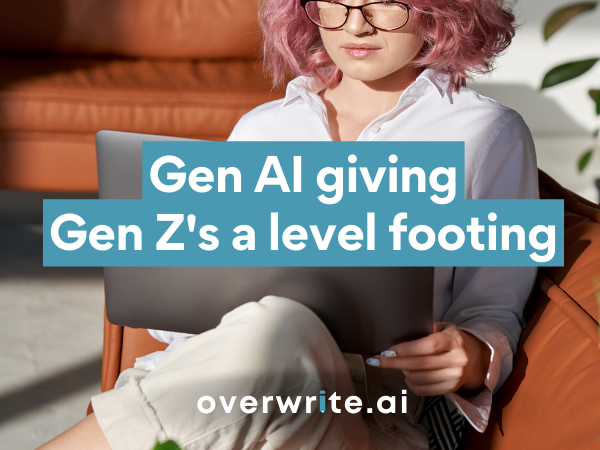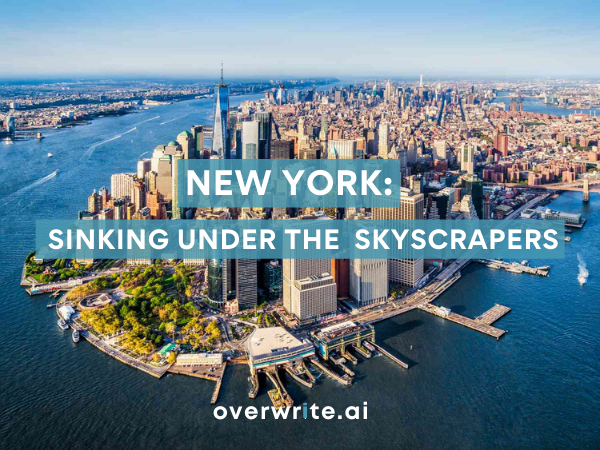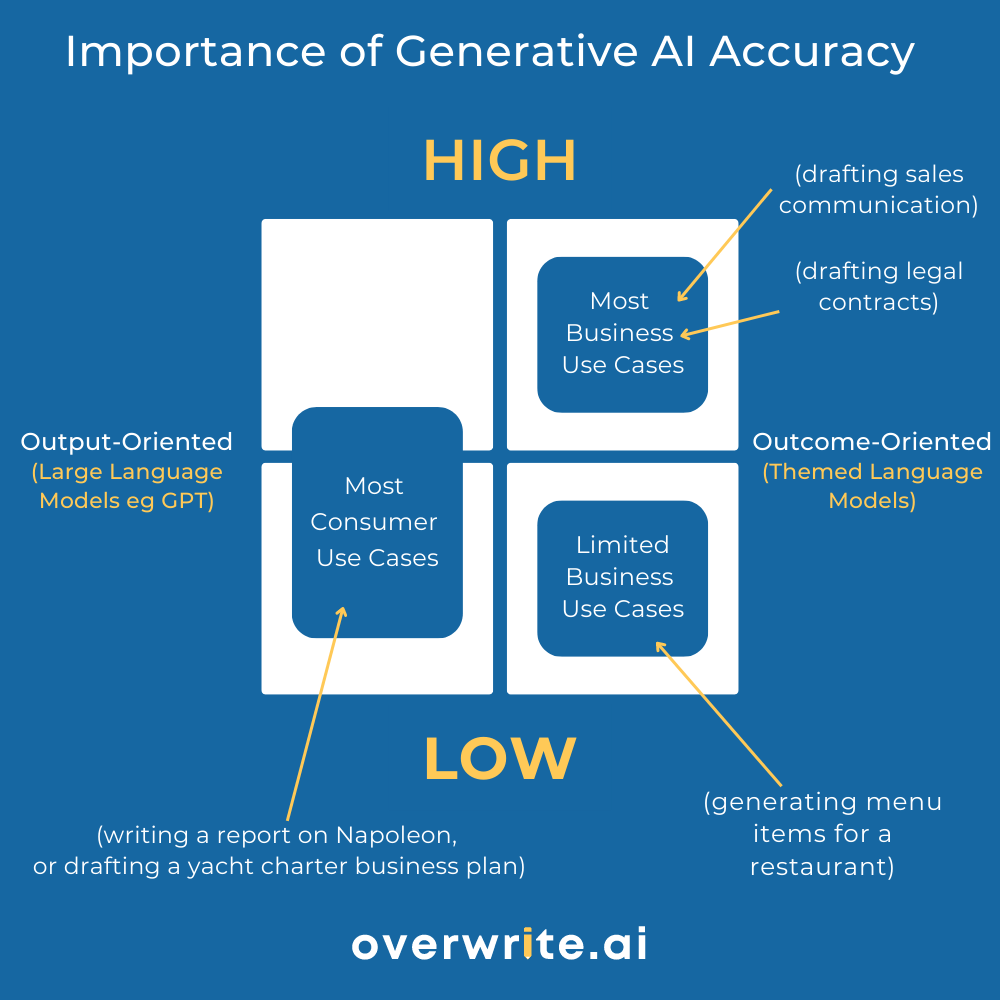Gen Z has had a hard landing into the workforce.
Starting jobs amid the global pandemic, many of these new workers have missed out on gaining essential hard- and soft skills usually gleaned by working alongside older colleagues.
However, as the first truly digital generation, their innate fluency with technology could help them make up some of that ground – especially as AI becomes a hugely important part of the modern workplace.
“With AI, people tend to fall into a dystopian or utopian outlook, and younger people normally fall into the latter,” she says. “While there isn’t huge amounts of quality research into this yet, anecdotally, young people are more accepting and willing to adapt AI into their daily lives and at work.” – Emma Parry, HR professor at Cranfield School of Management, UK
Stephanie Forrest, the founder of TFD, a London-based strategic communications consultancy in the tech space, has seen first-hand how Gen Z employees use AI technology with ease, and are quickly becoming essential in the workplace. “They don’t question [the technology] – they simply see it as a way to optimise what they are already doing.”
At TFD, she says, Gen Z were the first employees to experiment with generative AI tools such as Open AI’s ChatGPT for tasks including admin, research and email composition.
“Since AI is so new for everyone, it puts Gen Z employees on a level footing with other members of a team, providing them with a way to meaningfully contribute. AI enables forward-looking companies to learn from younger employees, in terms of how they use technology to be more efficient,” says Forrest.

generative AI tools
“Gen Z employees can leverage their AI knowledge to innovate and streamline processes and help bridge the gap between technical and non-technical roles,” – Professor Weiguo (Patrick) Fan at the University of Iowa’s Tippie College of Business, US
This can help them stand out. For instance, at VEM Medical, a US-based medical tool company, “Young employees’ ability to use AI technology to automate tedious jobs and optimize workflows has grown our productivity dramatically,” says Derrick Hathaway, sales director.
Additionally, says Fan, “Gen Z’s familiarity with AI helps these younger employees adapt to these changes and understand the implications of AI on their roles, making them flexible and dynamic employees.” Fan adds how these skills are especially valuable in industries including technology, finance, healthcare, marketing and manufacturing, where companies are rapidly integrating AI and machine learning.
Click here to access the full article
This column does not necessarily reflect the opinion of overwrite.ai and its owners.
Elizabeth Bennett writes for the BBC.
This story has been published from an article in BBC WORKLIFE published on July, 2023
About overwrite.ai
overwrite.ai is a pioneering Generative AI, creating engagement-oriented content for the real estate industry. We create the marketing content that powers the real estate industries of the UAE, KSA, Egypt and Lebanon.







